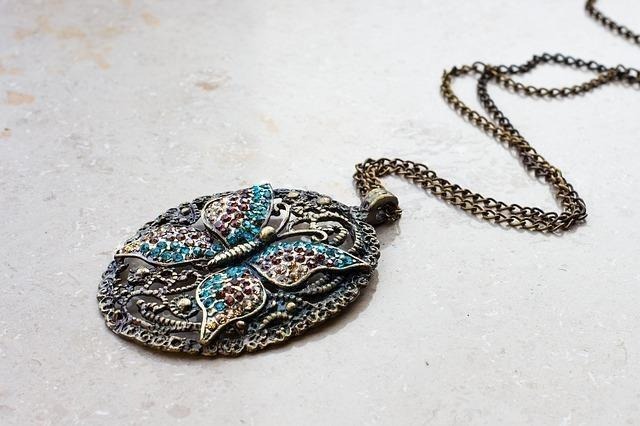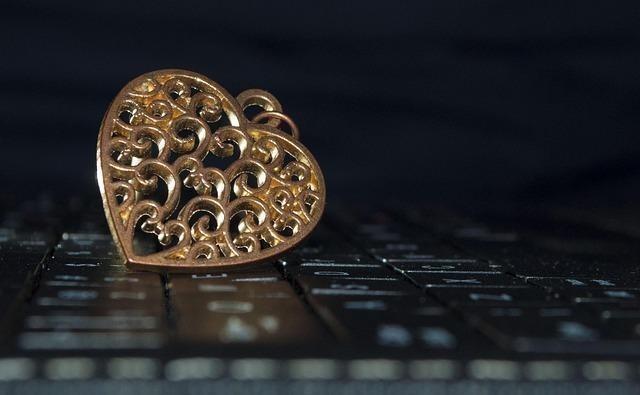Why Recovery Tokens Hold Powerful Symbolism for Members

Recovery is not about perfection; it’s about progress. Each day you remain free from a drink or drug is an affirmation of your commitment to stay on the path of recovery. And as those days turn into weeks, then months, and finally years, they testify to the courage it has taken for you to keep going, and the measure of your personal growth.
For many people in recovery, tokens, medallions or coins are used as physical symbols—both to help you anchor yourself in those moments along the way and also as visible reminders that you can carry with you at all times to inspire continued progress.
Many people in recovery keep these little coins as treasured keepsakes and ‘daily witnesses’ proving to themselves, and the world, just how strong they really can be, how loyally committed to a cause or promise they can remain, and how much change is truly achievable should one so desire it.
Below, we take a look at why recovery tokens hold powerful symbolism for members.

1. Help Mark Tangible Progress
In all recovery programs, AA coins are given out to commemorate milestones in sobriety – from the very first 24 hours to one month, six months, and yearly milestones. Each coin is imbued with its own significance, representing not only the time but also the transformation.
Holding an AA coin can be incredibly grounding when everything feels uncertain. It’s a little token that says look how far you’ve come and you did this much work to get here; all those meetings, ignoring temptations, staying accountable every damn day.
The coins make something really abstract feel more concrete. Instead of just saying I’ve been sober six months, you are actually holding that success in your hand.
2. Color-Coded Tokens Create Emotional Connection
Most recovery chips are of different colors. The colors you attach to your success serve as a connection of emotional energy to your sense of progress. White often symbolizes surrender and new beginnings. Bronze, green, red, blue, and gold symbolize increments of years that highlight accomplishment on the sobriety meter.
These colors develop emotional significance. Each one represents some of the best personal stories someone will ever hear, and the most challenging moments in recovery. Looking at a white chip reminds you where you started, and how much you were frightened at first.
Gazing down the line at all the chips in between reveals a road that was difficult to travel, but well worth it. That seemingly endless chain of chips provides a sense of accomplishment and serves as proof that sobriety won’t be decided by one but by many decisions.

3. Reinforce Accountability
A token is also a personal contract. Accepting one is an act of acknowledging that milestone and saying, “I intend to continue.” It’s recognition of consistent effort in your journey to recovery. Many store their tokens in places they access frequently, such as wallets or bedside tables.
Having them around every day helps reinforce responsibility in a subtle but powerful way. It says to the individual, “This you have done before. You can stay the course another day.” In challenging moments, it can invoke enough connection to the moment you received that token.
And that pause is often the difference between relapse and resilience. Accountability is no longer as external a force, but rather an internal choice modified by that physical cue.
4. Strengthen Community Bonds
Recovery is a personal journey, but it’s not an individual one. Community is the bedrock upon which recovery is built, and tokens help reinforce that foundation. When someone receives a medallion before their peers, the applause isn’t just for show but an expression of kinship.
Every person in that room understands intimately the amount of effort and courage it requires to reach that marker. Moments like these and tokens themselves strengthen the bonds within groups of people in recovery. They foster a sense of belonging that is rare to find.
The tokens are conversation starters, they’re sources of encouragement, proof that you don’t do this alone. And in a world that often fails to understand people’s personal struggles, each token tells a story of strength, hope, support, and staying committed.

5. Support Daily Mindset and Long-Term Vision
Recovery tokens represent both the now and a tangible vision of what is possible in the future. They are a gentle reminder to stay right here, right now, and that today’s decisions matter most, while also symbolizing what becomes available with time compounded.
Someone with a 1-day coin can look at a 1-year or 5-year token and physically see: “This is what persistence looks like.” Many people keep their coins lined up to track their progress visually, sometimes one day at a time, or one month at a time.
That way, your motivation is directly in front of you on the days when everything feels too complicated. It’s proof that change isn’t something abstract, but rather something visible, measurable, and tangible. During times of doubt or when you feel like you’re not making progress, you can reach to your token and remind yourself that you’re still on track.

Final Thoughts
Recovery tokens matter because they turn invisible work into visible proof of resilience. They acknowledge the struggles and commemorate those who reached for recovery instead of succumbing to what came before.
Over the years, these medallions transform into your very own art gallery, a will stage that documents your fight. They serve as a reminder that we came, we showed up, stayed responsible, and proved that we can do it.
